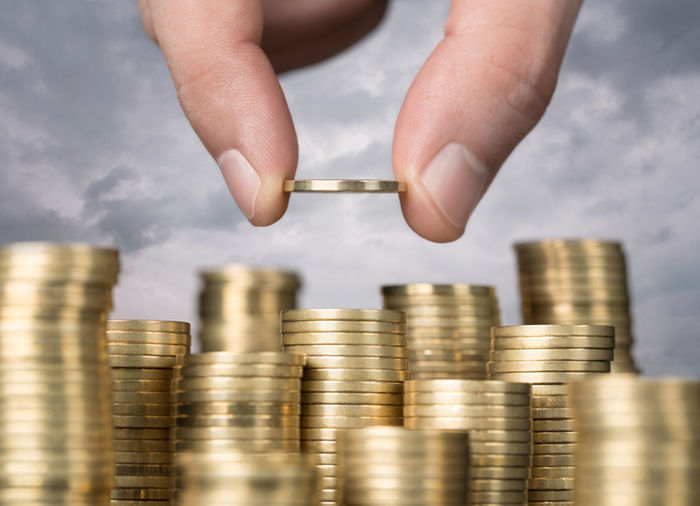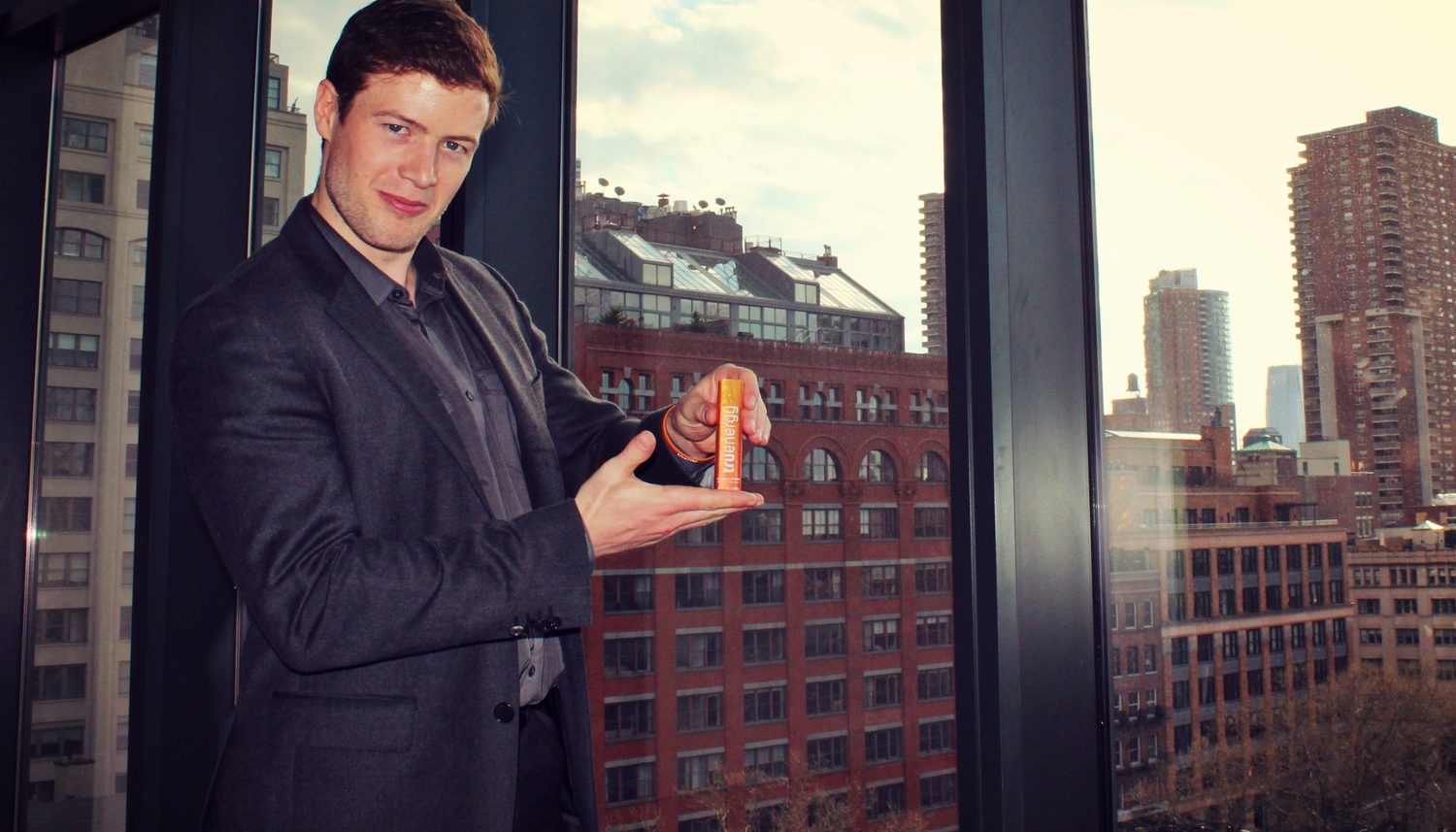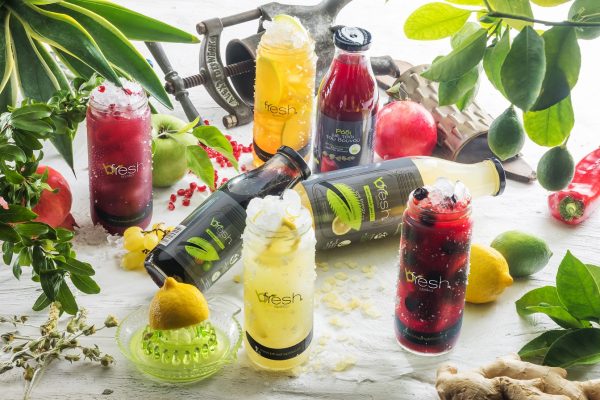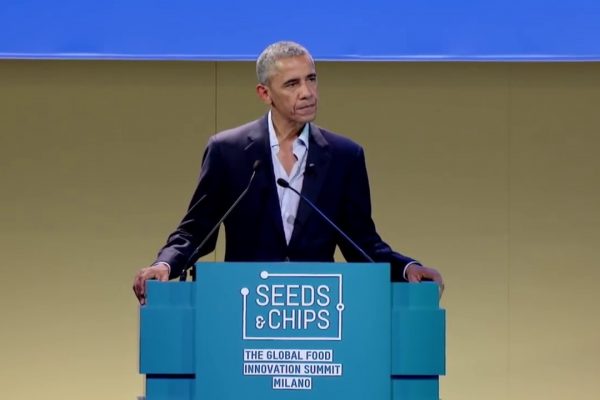How To
Take The Crazy Plunge And Unlock Your Inner Entrepreneur
Step 1: Commit
‘I have more respect for the fellow with a single idea who gets there than for the fellow with a thousand ideas who does nothing.’ – Thomas Edison
Everyone has had an idea, but an idea alone is not worth a damn. I cannot begin to tell you how many times that someone has come up to me with their ‘Million Dollar’ or ‘Shark Tank’ idea. Some of the ideas have actually been pretty awesome; however, the real issue is that most people stop pursuing them because there was always something that got in the way; family, friends, social life, work etc. If you are serious about starting a company, make the commitment, and learn to push everything else to the sidelines. This means luxuries will end up taking a back seat to your new baby. Even after the sacrifice, people need to understand that there is no true guarantee in the world of startups.
There is always real risk with starting a from scratch. It is a gamble and if you can’t commit 100% then stay away from the table because you will lose.
Companies like AirBnb were not over night successes and endured many early struggles taking years of tinkering. Many successful companies started with an original vision that changed multiple times due to constant refinement and their end product was much different than what they had anticipated. In other words, just start and see where the journey takes you.
Step 2: Grind
 ‘Entrepreneurs are willing to work 80 hours a week to avoid working 40 hours a week.’ – Laurie Greiner
‘Entrepreneurs are willing to work 80 hours a week to avoid working 40 hours a week.’ – Laurie Greiner
Despite the popular opinion that entrepreneurs are unorganized sweat pants wearing drop outs, most successful entrepreneurs have a very regimented schedule. It is important to grind, but more importantly, it is important to grind smart. When wearing multiple hats throughout the day, it is imperative to stay organized. In order to do this efficiently, this means working insane hours, while also eating a balanced diet and getting enough sleep.
Starting up causes a lot of wear and tear and you need to keep your engine fueled properly. Many entrepreneurs also use exercise as a key tool to keep their body healthy and their mind sharp. Infamous Youtuber and entrepreneur, Casey Neistat, has exercise gadgets scattered throughout the office to stay fit in between hours of filming and editing.
Exercise may sound like a crazy key to success but many entrepreneurs and super successful business magnates swear by it.
Keeping your priorities straight and setting aside the things less important in life are also required for efficiency. Starting up is a marathon, so be prepared to grind smart for the long haul.
Step 3: Network
‘The currency of real networking is not greed but generosity.’ – Keith Ferrazzi
After you have committed and ironed out a basic plan, you have to get out there. At first, there is always a fear that people will steal your idea; but in the end, it’s all about execution. There are an infinite number of ideas, but only a select group that have the will to carry out the mission. The last thing an entrepreneur wants to do is work 5 years on a product that no one wants, so get out there and find out if there’s a place for your product.
Pitch your idea to everyone!
You will make mistakes and you will look like an idiot at the beginning. My brother brought me to my first event when I first had the idea for Truenergy, and I literally could not hold a conversation. I lacked confidence and downplayed my vision. No one will invest in a product if you can’t convince yourself first. I have seen and heard people raise lots of capital with some of the worst ideas because they can walk the walk and talk the talk. On the other hand, I have seen antisocial introverts raise money because they have a track record of execution. The key is being able to do both; pitch and execute, but it all starts by getting out there. Get some business cards and join the hustle.
Step 4: Build a team
‘Talent wins games, but teamwork and intelligence win championships.’ – Michael Jordan
I applied to at least 100 accelerators. I ignorantly could not understand why someone would not want to accept a former pro hockey player with zero experience into its programs. After multiple interviews, it became clear that I needed someone to join me in the journey. No investor or accelerator wants to hedge its bet on just one person. In fact, accelerators and VC’s thrive on spreading the board with bets like a high stakes game of Roulette. They want to hedge their bets on multiple teams, with multiple team members in multiple industries. It’s a rule of thumb that VCs will invest in 10 companies with the hope that 1 out of 10 will make 30x while 3 will return their investment and they fully expect that 6 will fail.
With this in mind, think of innovative ways to get qualified people involved whether it is through a brand ambassador program or by attracting college interns.
Also, attend all the events in your industry. You really never know who you will bump into at the We Work bar. Find people who truly believe in your mission and are passionate about moving forward alongside you.
Step 5: Get to an MVP
‘It is a mistake to think that you are the typical target user.’ – Cameron Moll
Ever since we joined our first two accelerators, Startup 52 and Food-X, they harped on us to get to a MVP or minimal viable product as soon as possible. It’s’ all about testing your theories and making quick alterations to get to a product that the consumer will love. A product that you love, may not be a product that the end consumer loves. Originally, I was sold on going to market with a double-ended bottle for our beverage because I thought it would really stand out. I ended up spending over a year tweaking the design until I thought I had an awesome product. Because of my fear for disapproval, I ended up showing my prototypes to a limited audience of family and friends arriving at a final design spending over $6k (and my life savings) on production. Ignorantly, I also rushed into production with the wrong manufacturer and even filed for patents! The bottle ended up receiving weak reviews when I finally opened it up to the public. Thankfully, I learned one major lesson.
Get as much feedback as possible from everyone without taking it personal.
You will hear contradicting opinions. Some people will be right, while some people will be wrong, but you have to realize that most of the opinions are coming from a good place. Make mistakes early with prototyping and don’t wait for the final product to seek others’ opinions. By then, it will be too late. Now, I prototype a ton and receive feedback every step of the way. We ended up dropping the double-ended functionality and now random people love our bottle design. It’s the random person’s opinion that matters most. To date, we have sampled over 15 iterations of our formula and created over 100 prototypes of the bottle. We are definitely a little psychotic and obsessive over the design; however, it is better to make hundreds of dollars in mistakes now versus making ten of thousands of dollars in mistakes later.
 Step 6: Outsource
Step 6: Outsource
‘Fair play doesn’t pertain in bargaining. What matters there is leverage.’ – Alan Rosenberg
This may seem somewhat unpatriotic; however, it is the honest truth in today’s economic landscape. If we tried to produce TruEnergy purely in the United States, we would have ended up spending over $100,000 in bottle molds and over $.75 per bottle. In China, the molds cost us around $5,000 and $.15 per bottle. In the same breath, I have also attempted to outsource design work to Asia. That was an epic failure as it is very hard to explain abstract thoughts and communicate a vision with the language barrier. It wasn’t as simple as sending some bottle dimensions. While China is taking the global lead in manufacturing, the United States continues to be the creative capital of the world in my opinion. We outsource all major design work to the USA, and all manufacturing work to Asia. The combination of the two is what allows for true capitalism. Without China, our margins would be non-existant, and without amazing and passionate designers, like Drew Stanley, from the USA, our labels would be typical.
Step 7: Traction Traction Traction
“Vision without traction is merely hallucination.” – Gino Wickman
Every investor asks the same question: how many units have you sold? In the food and beverage industry, this becomes a major headache for the entrepreneurs. How the hell can I get traction without investment? Getting a product to market costs thousands of dollars, so you have to find innovative ways of raising capital. For us, it was two things: acceleration and crowdfunding. Both options work great. Our goal of the Kickstarter campaign was to prove the concept with some initial traction for future investors. We ended up selling over 2,500 units of TruEnergy thanks to generous pledges from family, friends, and other backers. We also got invaluable feedback, which led to the final tweaks of the product before going into final production. This gave us an opportunity to presell product before we had even paid for the molds let alone the final product.
Raising money is hard enough with traction, let alone without traction.
Whether you want to start a beverage company or the next Snap Chat, get an MVP and find some early adopters who will love your product. Once you have that, you have a chance.
Step 8: Raise Capital
‘It always seems impossible, until it’s done.’ – Nelson Mandela.
 Once you have a product, traction, and a strategy, meet with every investor or high net worth individual in your rolodex. Many veteran entrepreneurs and even some investors have advised me that, “If I ask for money, I will receive advice. If I ask for advice, I will receive money.” I think there is some truth to this. No one wants to give money to a desperate company. If you ask someone for advice, it shows that you are dedicated to making your company happen with or without investment and that you are willing to meet with people to put the business in the best position to succeed.
Once you have a product, traction, and a strategy, meet with every investor or high net worth individual in your rolodex. Many veteran entrepreneurs and even some investors have advised me that, “If I ask for money, I will receive advice. If I ask for advice, I will receive money.” I think there is some truth to this. No one wants to give money to a desperate company. If you ask someone for advice, it shows that you are dedicated to making your company happen with or without investment and that you are willing to meet with people to put the business in the best position to succeed.
If you have a great foundation, then people will invest if you get out there.
After establishing a relationship, it is never a bad idea to put out ‘the ask’. It is important to get to ‘yes’ or ‘no’ as soon as possible as time is money for both you and the investor. They will respect it. On the other hand, there are major opportunity costs associated with meeting with people all day as you can’t be working on the business at the same time. Balance and timing is key. The two most important things that I have learned in sales are that it is a game of numbers and that you have to be human. Your chances increase with every new person you meet and don’t act like a robot. Most people want to do business with people that they want to grab a drink with on the weekend.
Step 9: Go To Market
‘Creativity is intelligence having fun.’ – Albert Einstein
After spending years on a product, you will eventually have to launch for real. In the beverage industry, you really only have one chance as it is super expensive to bring a product to market and your brand only has one first impression. There is a saying in the industry that reads ‘it’s easy to get into retail, but it’s tough to stay.’ When you eventually get your product on the shelves of a Whole Foods for example, you have to make sure that it sells. If not, you likely will not get a second chance.
Most companies that succeed have a well-defined strategy that specifically outlines who their end consumer is and where they will attract them.
If you go in blind hoping for the best, you will swing and miss. Do your research before launch and specifically target the right person in the right way through the right medium. As a startup, you can’t go after the main stream with limited capital. You have to find your niche using organic ways of attracting their attention. Consumers are smarter than ever, so it is imperative that you differentiate in brand positioning.
Step 10: Capitalize
 ‘The key to making money in angel investing is saying no. You meet with 100 companies and say no to 99 of them.’ – Kevin Rose
‘The key to making money in angel investing is saying no. You meet with 100 companies and say no to 99 of them.’ – Kevin Rose
Every VC wants to see a return on their investment. They are not in the business of pouring capital into a small unscalable business. They want huge returns on their high risk investments and the time frame that they typically expect to see this return is 5 to 7 years. In order to get to that point, entrepreneurs need to increase their revenues year after year.
Profitablity is great, but it is more important to show growth. Some of the greatest companies in the world, like Amazon, didn’t reach profitability until much later in their life cycle; however, they kept showing more and more growth. It is also paramount that the numbers make sense.
Your pricing needs to be spot on where the demand of the product is high; yet, the margins are profitable. In the beverage industry, you have to account for things like your COGS, shipping, marketing, sales and distribution.
With many brick and mortars going out of business, more and more businesses are selling a majority of their product online. Stores, like City Sports, would have been perfect for us; however, with chains like this going bankrupt, companies like us are looking at alternative online solutions, like Amazon. After finding the innovators and early adopters, which make up the initial portion of your sales, you have to find ways to attract the early majority followed by the late majority. At this point, you should have a thriving business. The last piece of the puzzle is getting the laggards. Getting all of these people to fall in love with your product is all about true passion and perseverance. Good luck!
‘I’m convinced that about half of what separates the successful entrepreneurs from the non-successful ones is pure perseverance.’ – Steve Jobs
Original article was published in TruEnergy Blog.










